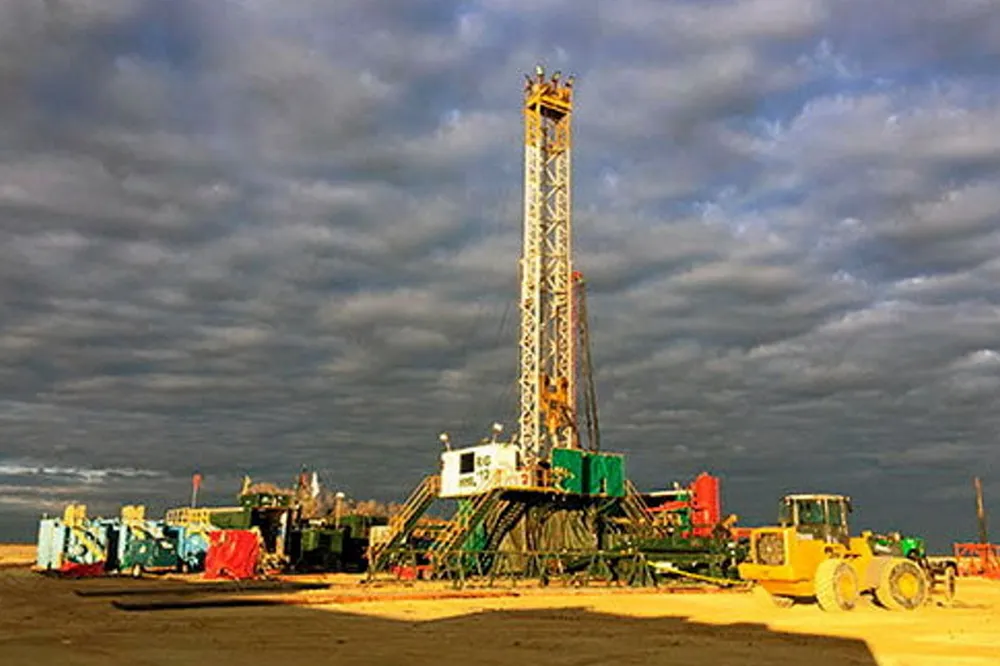'There is enough natural hydrogen underground to meet all demand for hundreds of years', says US government agency
Geologists expect 'gold rush' for natural H2 resources, conference told

Geologists expect 'gold rush' for natural H2 resources, conference told
